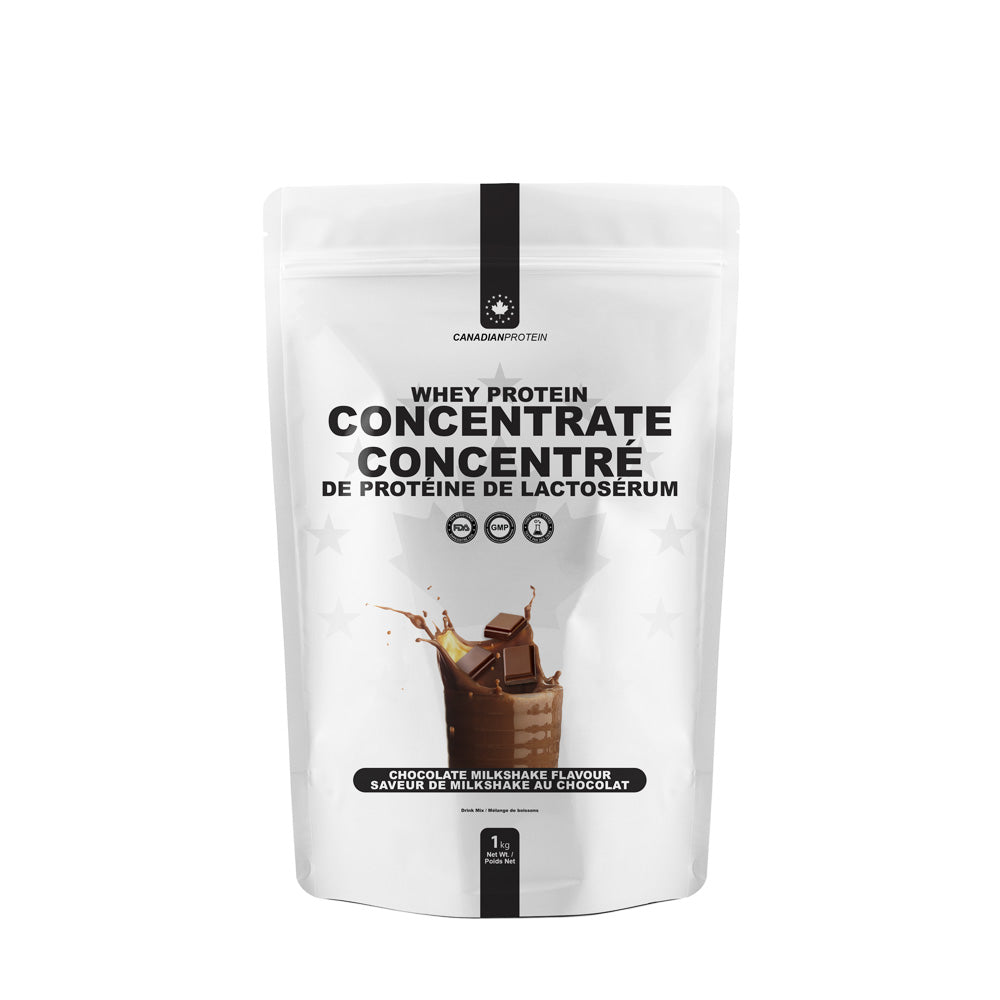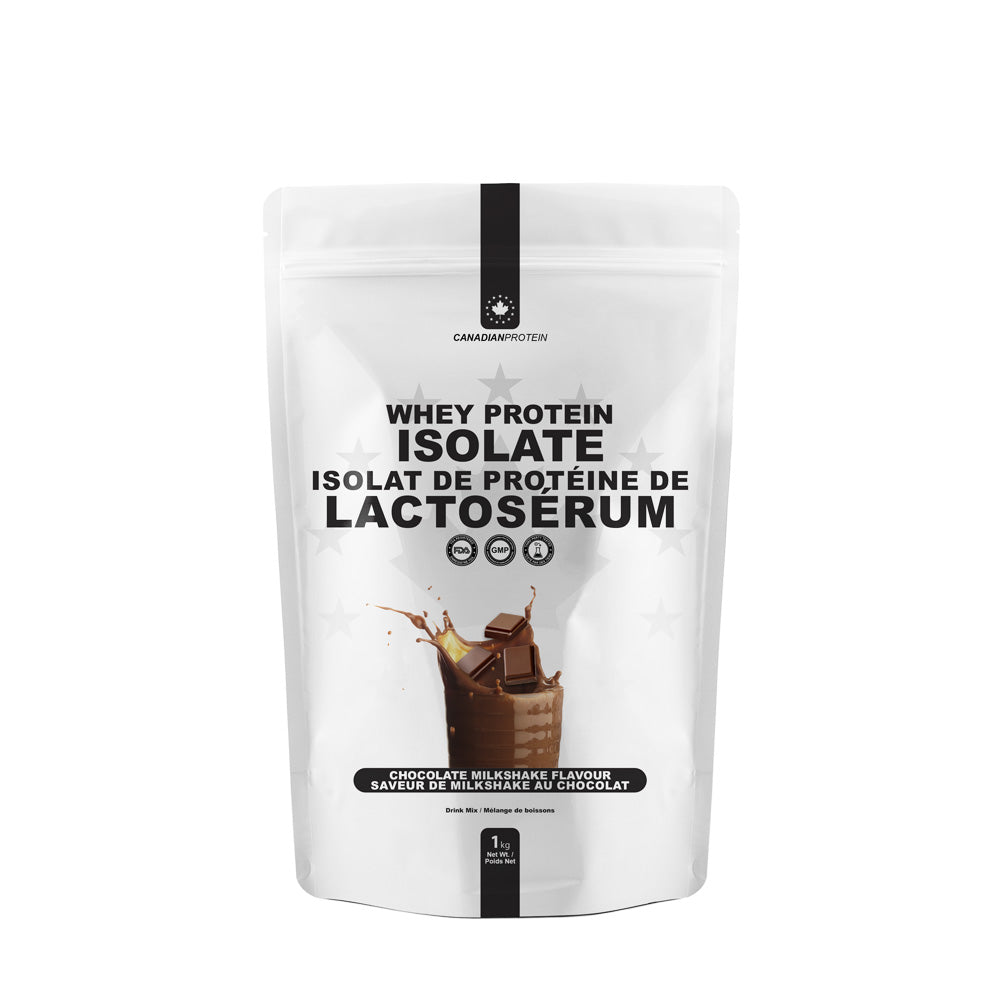The problem with living in this so-called “digital age” is that as so many people now have access to the internet, they also have the option of voicing their opinions and claiming them to be facts, despite the fact that there is no real scientific evidence to back up these claims. Because so many people have opinions, it’s very easy to find ourselves confused and overwhelmed. We ask one simple question which could be answered with a simple yes or no, and instead people go off on a 10 minute presentation instead. We ask one person one thing and will be told an answer from them. Ask somebody else and they will tell us the exact opposite. When it comes to fitness and exercise, particularly building muscle, things are unfortunately no easier. Some people swear by low rep training for bulking, whilst others say that high reps will build mass, whilst others swear by TUT (Time Under Tension training). Here’s a look at all three, and which, if any, is most beneficial.
Low reps
Low rep training is basically just as the name implies, the art of weight training but performing a low number of repetitions, rather than a number of high reps. Generally speaking, the average resistance training routine will call for between 8 – 12 reps on most exercises, whereas low rep training calls for between 4 – 6 on average. With low rep training, users will choose heavier weights than normal, typically a weight that they will fail with once they reach between 4 – 6 reps. Sometimes the number of reps will be slightly higher, and sometimes they will be lower. Generally, low reps, heavy weight is effective when it comes to building strength, but as the muscles are under such intense strain, a good percentage of muscle mass is achievable with low rep training.
High reps

High rep training is basically the complete opposite training principle to low rep training. Whereas with low rep training you will perform low reps using heavy weight, with high rep training you aim for a high number of reps with a much lighter weight. A typical rep range for high rep training is between 15 – 20 reps. High rep training is effective at burning fat, because the exercise is prolonged and therefore burning calories for longer. It also helps strip the fat away and helps tone and shape the muscles, which can add to the illusion of looking bigger than you are. Studies have also found that high reps can in fact promote lean muscle growth as well.
TUT
Time Under Tension training promotes muscle growth via numerous muscle contractions. It basically refers to how long a muscle is placed under strain during each working set. By placing the muscles under extreme strain, more stimulus is achieved and therefore more muscle growth is achieved. With TUT, sets should last around 40 seconds, the lockout portion of the exercise should not last longer than 2 seconds, the weight should be lowered slowly during the negative part of the movement, form should be perfect, and a high intensity tempo should be achieved. Former Mr Olympia Dorian Yates was a big believer in high intensity training which incorporated many different aspects of TUT training and if you take a look at his physique, you can certainly see that it worked for him extremely well.
The bottom line is that none of the above are any more, or any less effective than the others. Each body responds differently to different training methods, equipment, weights, and exercises so find what works best for you, and why not try all three, changing your routine up every 6 – 8 weeks or so?













